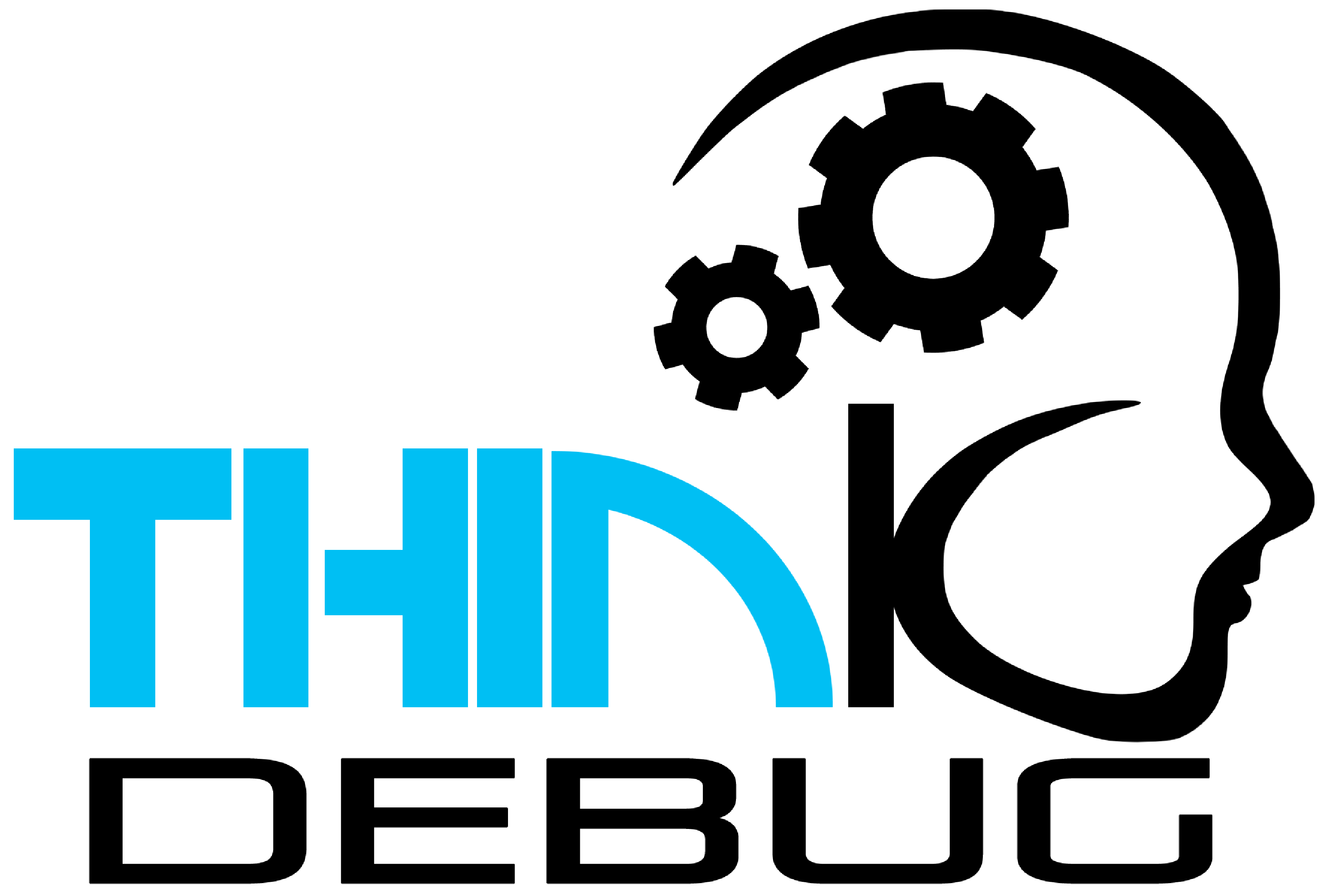Introduction: More Features ≠ Better Product
In 2025, “super apps” are the hot trend.
Everyone from fintech startups to delivery platforms wants to build one app to rule them all — messaging, payments, shopping, support, bookings… all in one place.
But here’s the question every founder should ask:
Are super apps the future — or just super confusing?
Let’s break down what makes a super app work (or fail), and whether it’s the right move for your business.
What Exactly Is a Super App?
A super app is a platform that offers multiple services in one unified experience.
Examples:
- WeChat (China): messaging, payments, games, shopping
- Paytm (India): mobile recharge, bill pay, banking, ticketing
- Gojek (Indonesia): ride-hailing, food delivery, payments, freelance hiring
Think of it as an ecosystem in a single app, designed to increase engagement and retention.
Why Super Apps Seem Like a Good Idea
- One Login, Many Services
Users don’t have to download or remember multiple apps. - Cross-Promotion Built-In
You can promote your other services inside the app (ex: a user booking a ride can also be shown your wallet offer). - Higher Lifetime Value (LTV)
More features = more user actions = more monetization points. - Convenience Factor
Everything in one place = user loyalty (if done right).
But Here’s the Catch…
Super apps can easily become confusing, bloated, and hard to maintain.
Here’s what goes wrong:
- Users feel overwhelmed by too many features
- Harder to create smooth UX across multiple services
- Requires a much larger development and support team
- Poor app performance due to feature overload
- One bug can affect the entire ecosystem
Just because WeChat pulled it off, doesn’t mean your startup should try the same — at least, not yet.
Should You Build a Super App?
Ask yourself:
- Are all your services deeply connected in a way that makes sense?
- Can you maintain quality UX across all features?
- Do you have the budget and team to support a long-term ecosystem play?
- Can you grow users organically across features?
If not, you might be better off building a focused app with clear value — and expand gradually.
A Better Approach: Micro-Apps or Modular Design
Instead of going all-in on a bloated super app, ThinkDebug often recommends:
- Modular design (separate modules within one codebase)
- Connected apps (use SSO and shared data across different tools)
- Launch fast, expand smart (MVP → feature rollout → ecosystem)
That way, you grow like a super app, but with control, clarity, and performance.
How ThinkDebug Helps Smart Builders
At ThinkDebug, we help businesses decide:
What features belong in version 1
What can (and should) be added later
How to scale from core product to platform
Whether you’re in e-commerce, education, logistics, or services — we help you think like a product strategist, not just an app builder.
Final Thought
Super apps can be powerful — but only if built with intention, strategy, and a scalable roadmap.
Don’t build a “super app” because it’s trendy.
Build a smart app that grows into something bigger — naturally.
📞 Call to Action
Thinking of expanding your app into a platform?
Talk to ThinkDebug — and let’s design it the right way from day one.





